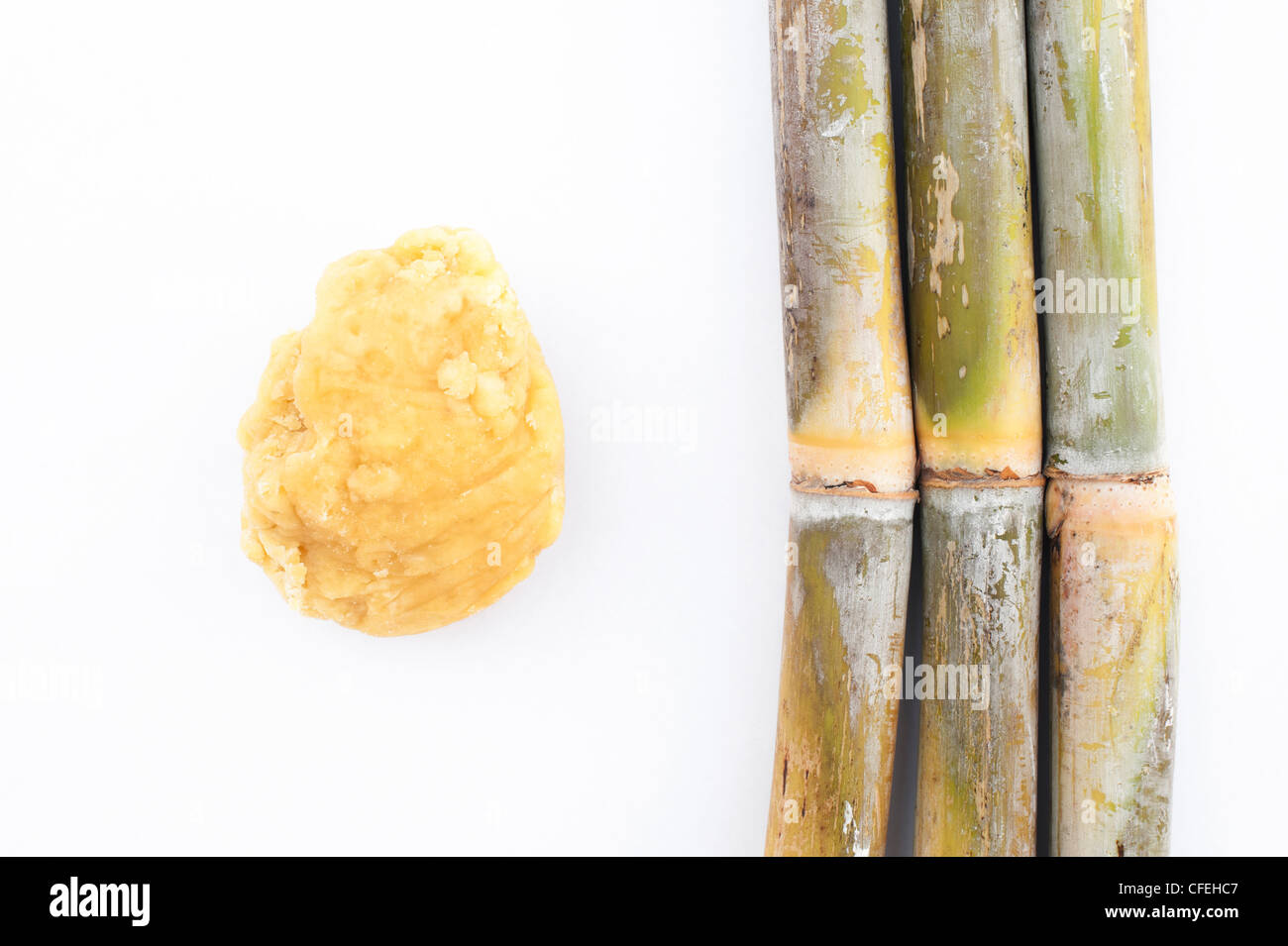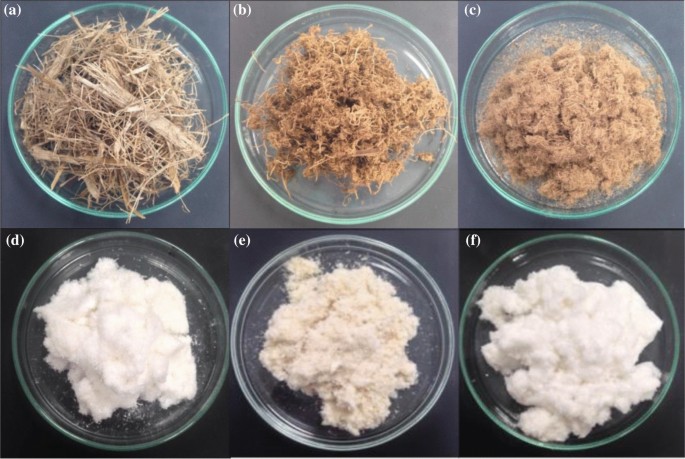Sugarcane Product in Traditional Remedies: Health Benefits You Should Know
Sugarcane Product in Traditional Remedies: Health Benefits You Should Know
Blog Article
The Trip of Sugarcane: From Harvest to Everyday Products
The trip of sugarcane is a complex process that starts with thorough cultivation and finishes in a selection of items that penetrate our day-to-days live. From the moment the canes are collected at their optimal sucrose degrees, they go through a collection of complex actions, including cleaning, squashing, and clarification. These procedures not just yield sugar however additionally open a variety of by-products, such as ethanol and naturally degradable packaging products. As we discover the numerous elements of sugarcane's journey, its role in sustainability and the wider implications for our environment come into sharper emphasis. What exists past the pleasant surface?
Growing of Sugarcane
The farming of sugarcane is a vital agricultural procedure that needs particular ecological conditions and monitoring methods. Optimum development occurs in exotic and subtropical areas where temperatures vary between 20 ° C and 32 ° C. Adequate rainfall or watering is essential, as sugarcane thrives in moist soil with well-drained conditions (sugarcane product). Dirt high quality considerably affects return; thus, farmers commonly carry out dirt tests to determine nutrient needs
Planting typically occurs in rows, using stem cuttings referred to as setts, which are grown flat. This approach facilitates reliable harvesting and makes best use of sunlight direct exposure. Plant rotation and intercropping are recommended methods to enhance dirt fertility and reduce bug infestations. Furthermore, farmers use incorporated pest administration approaches to decrease chemical inputs while ensuring healthy and balanced crop advancement.
Timely application of these plant foods can substantially improve sugar returns. In general, successful sugarcane growing pivots on a mix of environmental stewardship, calculated planning, and recurring monitoring techniques.
Collecting Methods
Effective sugarcane growing finishes in the gathering phase, which is essential for taking full advantage of yield and ensuring high quality. The timing of the harvest is important; sugarcane is normally collected when sucrose levels top, usually between 10 to 18 months after planting. This duration differs based upon environment, soil type, and sugarcane selection.
Collecting strategies can be broadly categorized right into handbook and mechanical methods. Hand-operated harvesting is labor-intensive, relying upon experienced employees that make use of machetes to cut the stalks short. This technique permits for careful harvesting, where only the ripest walking sticks are selected, thereby improving total sugar web content.
Conversely, mechanical harvesting has actually gained appeal because of its effectiveness and cost-effectiveness. Specialized farmers outfitted with reducing knives and conveyor systems can process big areas swiftly, significantly minimizing labor prices. This approach may lead to the incorporation of immature walking canes and a prospective decrease in sugar top quality.

Despite the technique employed, making sure that gathered canes are delivered quickly to processing centers is necessary. Motivate dealing with minimizes spoilage and preserves the stability of the sugarcane, establishing the phase for optimum handling.
Handling Methods
Processing sugarcane involves several vital steps that change the gathered stalks right into useful items, primarily sugar and molasses. The first phase is washing the cane to get rid of soil and debris, complied with by the extraction of juice through squashing or milling. This procedure commonly employs heavy rollers that damage the walking cane fibers to launch the wonderful liquid consisted of within.
As soon as the juice is drawn out, it undergoes information, where pollutants such as soil particles and bagasse are removed. This is frequently achieved by including lime and heating the juice, enabling sedimentation. The cleared up juice is then focused with evaporation, where water web content is reduced, resulting in a thick syrup.

Inevitably, the processing of sugarcane not just produces sugar and molasses yet also lays the foundation for various by-products, which will certainly be discovered in subsequent conversations.
Products Derived From Sugarcane
Sugarcane is a functional plant that produces a broad range of items beyond simply sugar and molasses. Amongst the primary spin-offs are ethanol and biofuels, which have actually gained prominence as renewable resource resources. Ethanol, created with the fermentation of sugarcane juice, serves as a different to fossil fuels and is frequently blended with gas to create cleaner-burning fuels, lowering greenhouse gas discharges.
Furthermore, sugarcane is a substantial source of bagasse, the coarse deposit remaining after juice extraction. Bagasse is utilized in numerous applications, consisting of the manufacturing of paper, naturally degradable packaging, and as a biomass gas for power generation. find out Its usage not just reduces waste but likewise enhances the sustainability of sugarcane processing.
Furthermore, sugarcane-derived items include the food sector, where it acts as an all-natural flavor agent and sugar in different culinary applications. In the world of cosmetics, sugarcane essences are included into skin care items as a result of their all-natural exfoliating homes.
Environmental Impact and Sustainability
The cultivation and handling of sugarcane have considerable implications for ecological sustainability. This crop needs substantial water sources, frequently bring about exhaustion of local water materials and influencing bordering ecosystems. Furthermore, the usage of fertilizers and chemicals in sugarcane farming can result in dirt degradation and waterway contamination, posing dangers to biodiversity.

Sustainable sugarcane farming likewise advertises dirt health with plant rotation and minimized tillage, improving carbon sequestration. The adoption of these practices not just sustains environmental stability but additionally boosts the strength of farming neighborhoods against climate adjustment.
Final Thought
In summary, the journey of sugarcane includes various stages from cultivation to processing, eventually resulting in a broad array of products. The value of sugarcane prolongs beyond plain sweeteners, contributing to renewable resource through ethanol production, lasting product packaging through bagasse, and all-natural removes for cosmetics. This multifaceted crop plays a vital function in both dietary enrichment and environmental sustainability, highlighting its importance in modern farming and industrial practices.
Effective sugarcane cultivation culminates in the collecting phase, which is crucial for making best use of return and guaranteeing high quality. The timing of the harvest is essential; sugarcane is commonly harvested when sucrose degrees optimal, typically between 10 to 18 months after growing.Handling sugarcane entails numerous crucial actions that transform the harvested stalks right into useful products, mainly sugar and molasses.Sugarcane is a versatile plant that produces a vast range of items past simply sugar and molasses. Additionally, the usage of plant foods and pesticides in sugarcane farming can result in soil destruction and waterway air pollution, presenting risks to biodiversity.
Report this page